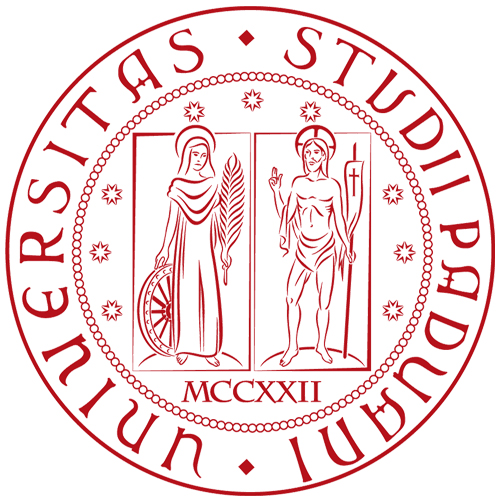Text constituted from: Haussoullier 1899, p. 275, no. 1 (= OGIS 24).
Other editions:
See also: Fraser 1972, II p. 595, n. 296; for an astronomical study of this sundial, see Diels 1920, 176-178. On the date, Huß 1976, p. 201; Wörrle 1988, p. 434.
Images: Wörrle 1988, p. 475, Pl. 5; Musée du Louvre.
Further bibliography: see Gibbs 1976 for a study of Greek and Roman sundials (esp. p. 30-39 for conical sundial; the present specimen is not recorded);
Fraser 1972, I p. 412-413 on the link between the scientific patronage of the Ptolemies and the dedication of technological artefacts to members of the royal house.
On Herakleia under Ptolemaic control (from Ptolemy II to Ptolemy III, then again between the reigns of Ptolemy IV and Ptolemy V), see Huß 1976, 201; J. and L. Robert 1983, p. 118-132; Meadows 2008;
cf. PHRC019 for Herakleia temporarily under Attalid influence during the reign of Attalos I.
Online record: PHI; Musée du Louvre






